Mountain bikes with 29-inch wheels are often referred to as “29ers.” These bikes offer the rider higher rolling speed and greater stability than 26- and 27.5-inch wheels.
Thanks to the obvious advantages of 29-inch wheels, they are used in all mountain biking disciplines – from cross-country and trail to enduro and downhill – except for jumping, where 26-inch wheels are used.
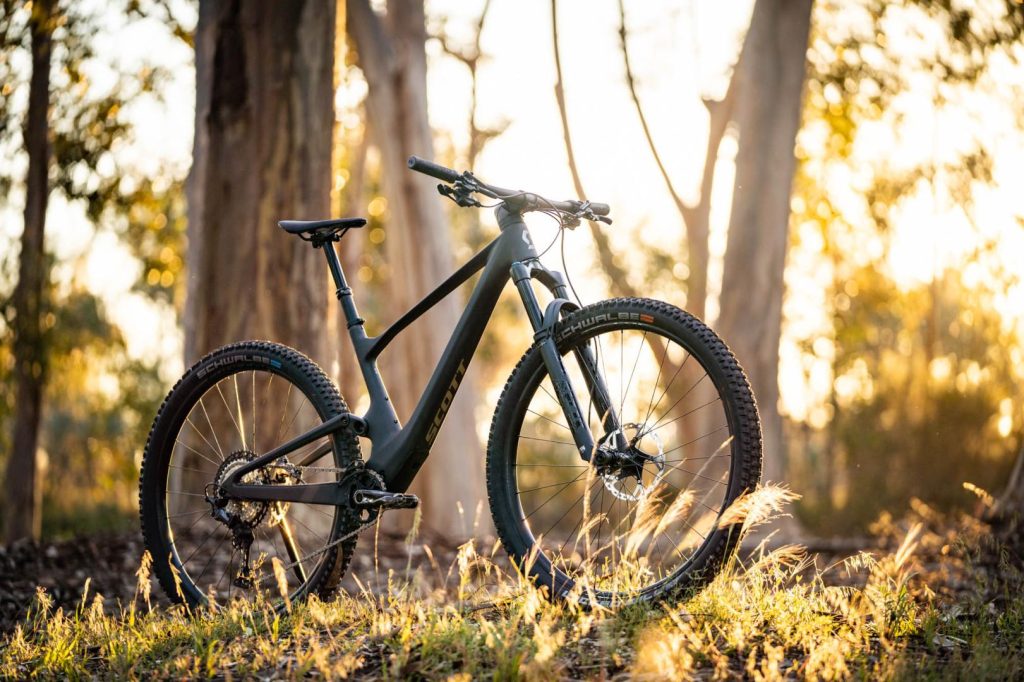
Table of Contents
- 29-inch Wheels: What Are They and Why?
- What are the advantages of 29-inch wheels?
- What are the disadvantages of 29-inch wheels?
- Who are 29-inch wheels for?
- History lesson: where did 29-inch wheels come from?
While they may not be as nimble as 27.5″, many manufacturers leverage the benefits of both wheel sizes by offering bikes with a “mullet” setup, where a larger 29″ wheel is placed in the front of the bike and a smaller 27.5″ wheel in the rear.
In this article, we will cover everything you need to know about 29-inch wheels, including their origins, pros, and cons.
29-inch Wheels: What Are They and Why?
The advertised wheel size of a mountain bike is the approximate diameter from the edge to edge of the tire.
29″ mountain bike rims have a common diameter with 700C road bike wheels, which have become the standard since our asphalt brethren adopted old 27-inch rims with an outer diameter as the standard wheel size.
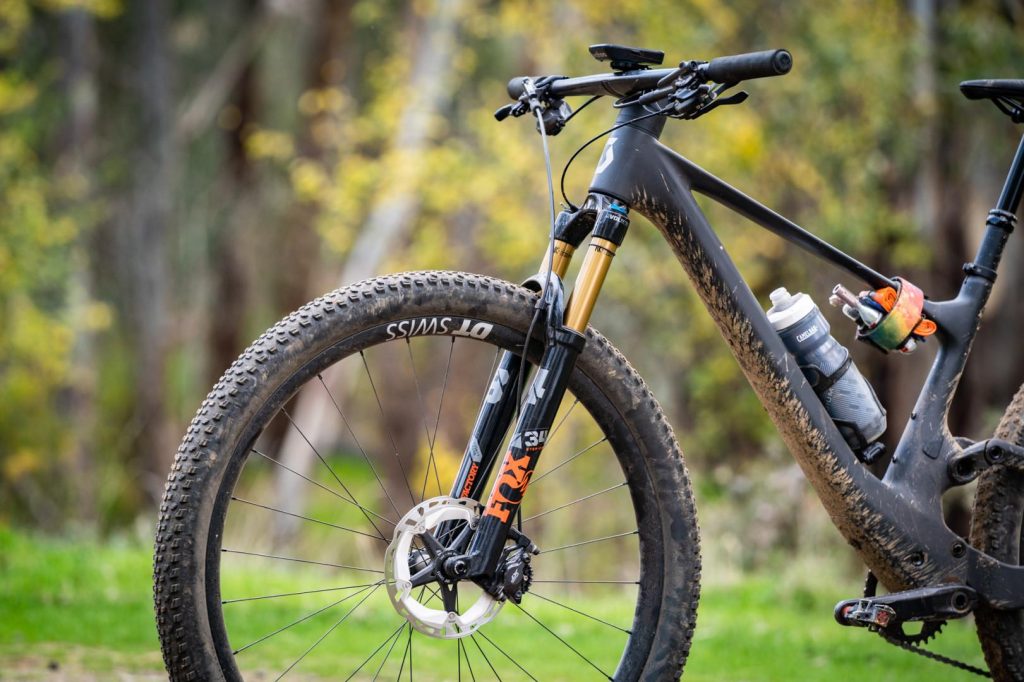
However, 29-inch mountain bike rims will be wider, stronger, and heavier than their road bike counterparts.
Although you are unlikely to find a combination of 26-inch wheels and tires with the same outer diameter as 29″, some 650b/27.5-inch wheels and tires can be quite compatible.
In fact, 29-inch wheels are currently the largest standard wheel size for mountain bikes.
What are the advantages of 29-inch wheels?
The main reason why larger rims roll more smoothly is the bending angle. Try rolling a shot glass across a table, then do the same with a pint glass. The pint glass is significantly lighter.
A smaller bending angle is less affected by bumps and potholes because it eliminates the gaps formed by rigid edges. This is why riding down stairs on a BMX bike is harder than on a mountain bike.
If this concept were taken to its logical conclusion, one could make a wheel large enough to simply cover the gaps with rigid edges, forming a series of steps, and roll along the edges like a slope.
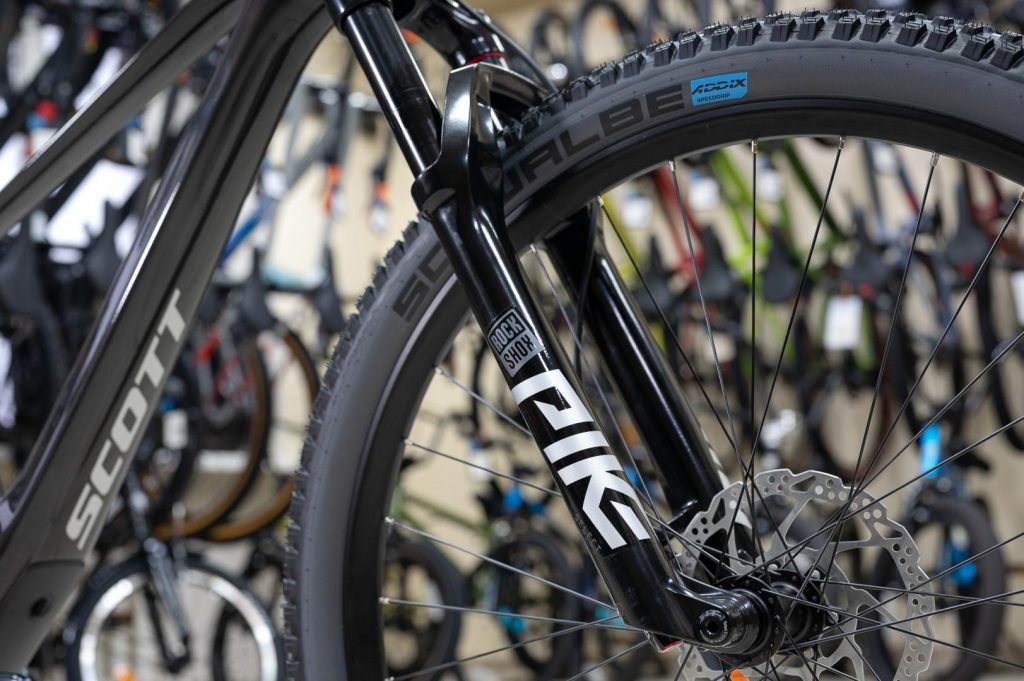
Here, several factors need to be considered. A typical niner will be more stable than your 26″ or 27.5″ wheeled bike. This is partly due to the longer wheelbase and longer rear end to accommodate the larger wheels.
This is also related to the fact that the bottom bracket is lower than the wheel axles – the so-called BB drop – compared to bikes with 26″ and 27.5″ wheels.
Although the wheel axles on 29″ bikes are about 1.5″ higher than on 26″ models, and this figure becomes smaller for 27.5″ wheels, you still sit lower between the wheel axles on niners compared to smaller wheel sizes.
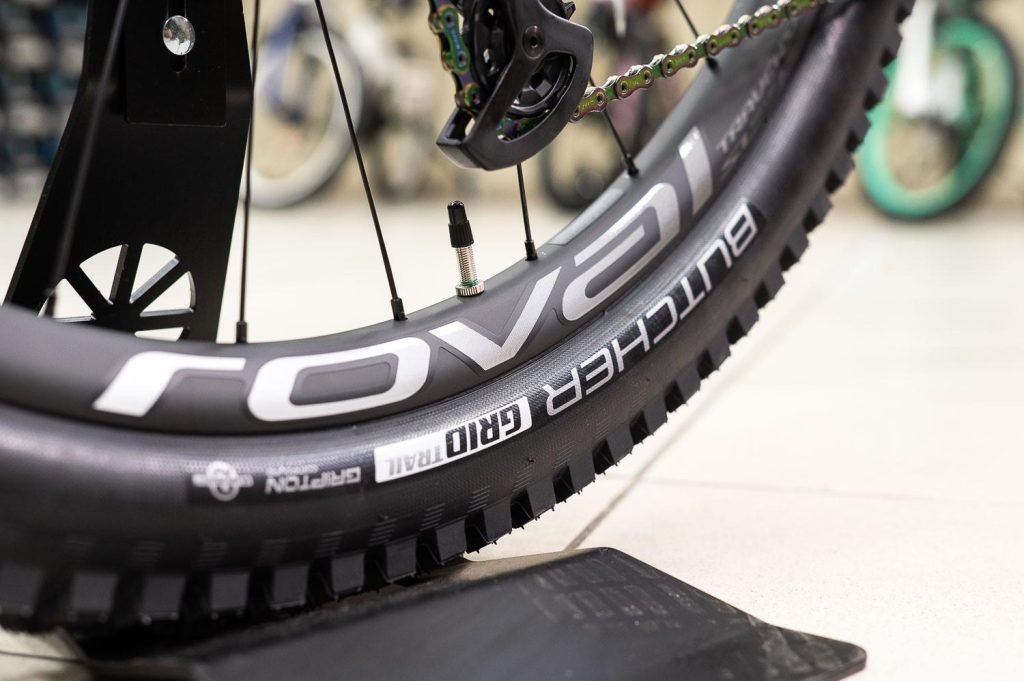
Thus, while large wheels themselves usually have a higher center of gravity than bikes with smaller wheels, a niner with a rider on board is actually more stable, as the center of gravity is lower than the wheel axles.
Regarding how geometry affects handling, since 29-inch bikes first appeared on the market, designers have done a really great job.
Now a bike with 29″ wheels can be just as responsive and quick in turns as most 26″ and 27.5″ models.
What are the disadvantages of 29-inch wheels?
In general, it becomes clear that there are not so many disadvantages to a bike with 29-inch wheels.

However, large wheels and tires weigh more, so they don’t accelerate as well. And although they handle rough terrain with square edges more easily, they don’t accelerate as fast in other conditions.
You also need to consider the pros and cons of some geometry compromises that need to be made to accommodate large wheels, and decide if a longer and larger bike suits you.
Who are 29-inch wheels for?
In the end, 29-inch wheels will please many riders, regardless of their abilities or preferred discipline.
For beginners, the extra grip, stability, and smoothness will help them tackle higher speeds and challenging sections more easily.
If you ride a mid-range bike, you’ll get the same benefits as beginners, but you’ll be able to ride even faster. The same goes for people with a high level of skill.
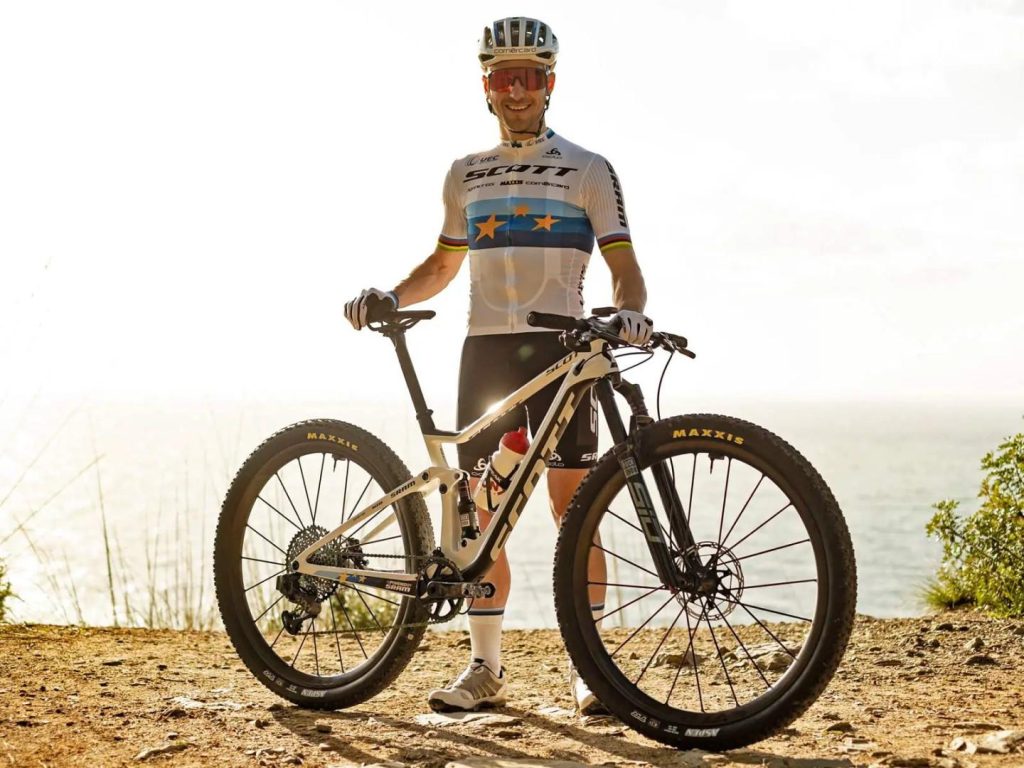
Cross-country enthusiasts will enjoy a smoother ride, faster bike turning, and additional control provided by the larger wheels. People riding trail bikes, all-mountain models, or enduro bikes will be able to ride faster, with more grip and later braking – their bikes will be smoother and faster than bikes with smaller wheels.
Downhill riders are probably the last group to benefit from the universal 29-inch wheels due to the late transition to this standard. They often claim that bikes with larger wheels are smoother, faster, and easier to handle.
However, if you spend all day riding steep 180-degree tracks or just ride on dirt jumps and pump tracks, you’re unlikely to like 29-inch wheels.
History lesson: where did 29-inch wheels come from?
In 1986, Dr. Alex Moulton, known for his interesting small bicycles, created an all-terrain bike with 20-inch wheels. Unfortunately, the Moulton ATB had a fundamental flaw. Its 20-inch wheels barely coped with all the small depressions and unevenness that are almost imperceptible on a 26-inch bike.
Therefore, despite the comfort and suspension control of Moulton’s era when most mountain bikes had a rigid fork, his ATB did not last long.
If you’ve ever ridden a BMX on a normal mountain bike trail, you know it’s not the best experience. Small wheels, not to mention a shorter wheelbase, are harder to ride on rough terrain. Think about it. All other things being equal, a smaller wheel’s larger angle of bend makes it easier to overcome uneven terrain.
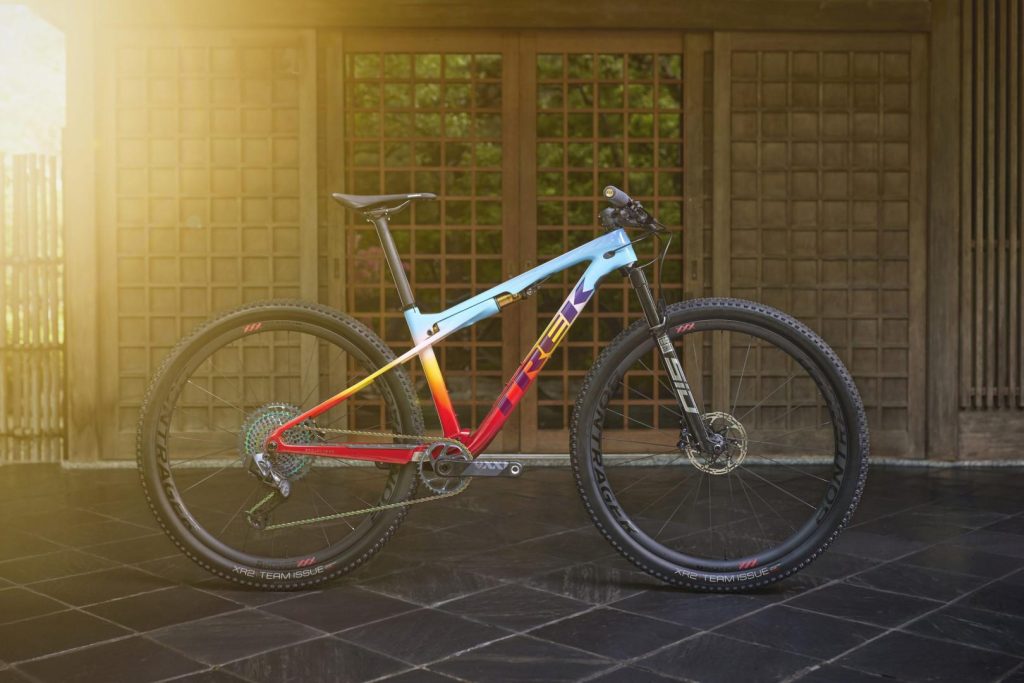
But can we also assume that larger wheels will better handle uneven terrain? Not always.
When the first popular 29-inch bikes appeared, their potential was obvious. However, they were hindered by a limited choice of suspension forks and geometry that mainly imitated the geometry of 26-inch bikes.
The tests conducted many years ago by Genesis Gary Fisher were promising, but only in the last couple of years have designers and developers truly begun to understand the difference between ideal 26″ geometry and ideal 29″ geometry.
It’s not just about changing the angles of the frame. The length of the fork, stem, top tube, and bottom bracket – all of this affects the overall stability and ride quality of the bike.
Large wheels usually require a different frame geometry for the bike to perform best.
Leave a Reply